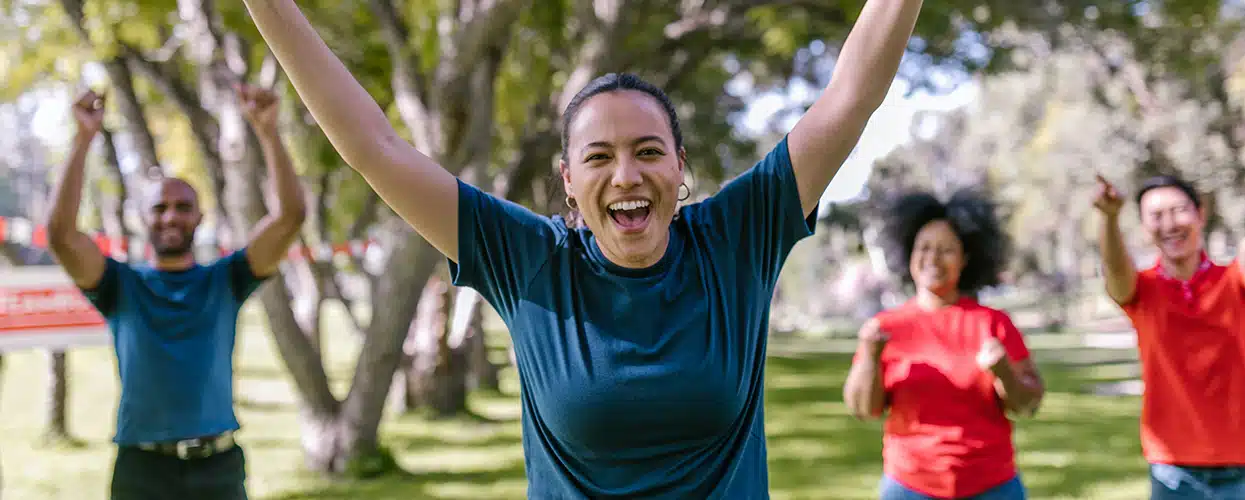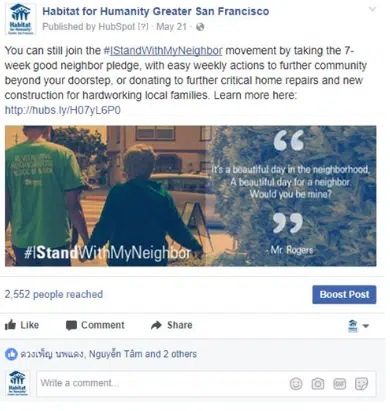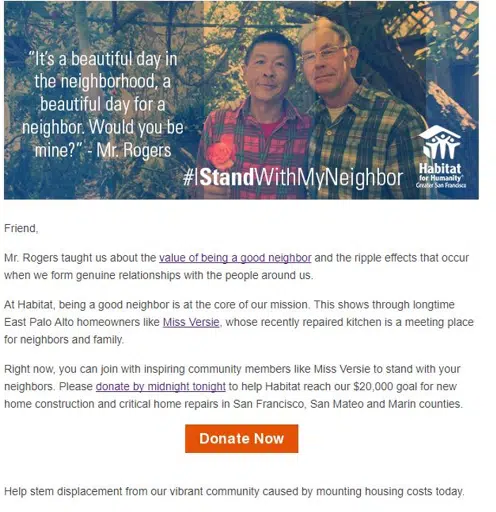Habitat Volunteers Are Heroes For Homeowners


Full Platform Overview Chat With Us



Full Platform Overview Chat With Us




Quick. When you hear the words “Habitat for Humanity,” what comes to mind?
Is it the image of an ecstatic single mom being handed the keys to her new home as she holds her children close? Or the two most famous Habitat Heroes: Jimmy and Rosalynn Carter, who even into their 90s still volunteered at Habitat?
Habitat for Humanity stands alone in having the world’s oldest living president and Nobel Peace Prize Winner, Jimmy Carter as a longtime volunteer of over 30 years. Most nonprofits don’t have the benefit of a lifetime of service from a former President and First Lady!
Habitat is also somewhat unique in having a volunteer service hour requirement for Habitat homeowners. In addition to the build itself—where they might put in extra hours to ensure it’s ready on time—homeowners volunteer at their local HabitatReStore or local Habitat office.
It takes a lot of volunteers to create an affordable place a family can call home.
How do you make it the kind of volunteer journey that gets them to come back, donate, and recruit others to join them?
Several years ago, Habitat for Humanity San Francisco’s Chief Development Officer, Kristine Leja and her team developed an ingenious campaign.
It was right after the 2016 election. Racial tensions were high. The country was deeply divided. Rage philanthropy—preserving civil liberties and women’s rights—sent a wave of donations to the ACLU and Planned Parenthood.
Habitat wondered—where did they fit into the conversation? How could they engage and be relevant in this new political climate? Especially considering they typically had a 9-12 month gap between builds.
The answer? Go local. Hyperlocal.
They were inspired by author and activist Grace Lee Boogs, who said, “We can begin by doing small things at the local level, like planting a community garden or looking out for our neighbors. This is how change takes place in living systems, not from above but from within.” Another source of inspiration? Everyone’s favorite neighbor: Mr. Fred Rogers.
Kristine and her team launched the “I Stand with My Neighbor” Campaign on a regional day of giving.
Using social media ads, emails, and their website, they invited everyone to sign up and take a 7-week pledge, getting easy weekly action steps to further build their community.
Intro social media post 

Naturally, the local Habitat affiliate stepped up to repair Mrs. Grant’s leaking roof so she could do what she loves to do most—take care of hungry children in her community. Her motivation to give is inspired by others who were a good neighbor to her. They showed her that they cared and appreciated what she did, and that made her want to give more.
The “I Stand With My Neighbor” campaign was so successful that Habitat Greater San Francisco expanded it to recruit corporate sponsors.
1. A compelling call to action that inspires sign-ups, including:
2. Inviting landing pages and donation forms that give donors a seamless fundraising experience.
3. A simple and frictionless volunteer recruitment process that enables you to easily recruit, schedule, and communicate with volunteers.
Habitat volunteers are the lifeblood of your work. Having a volunteer platform that’s integrated with your donor database ensures you can turn volunteers into donors and donors into volunteers.


Comments